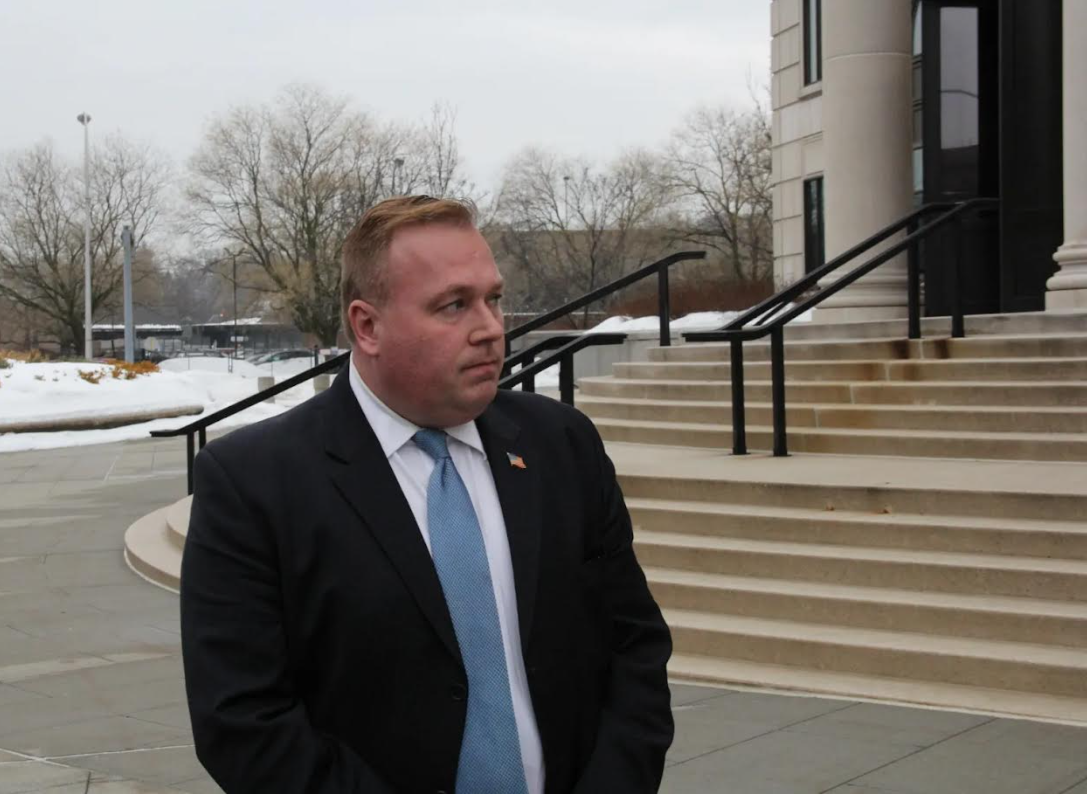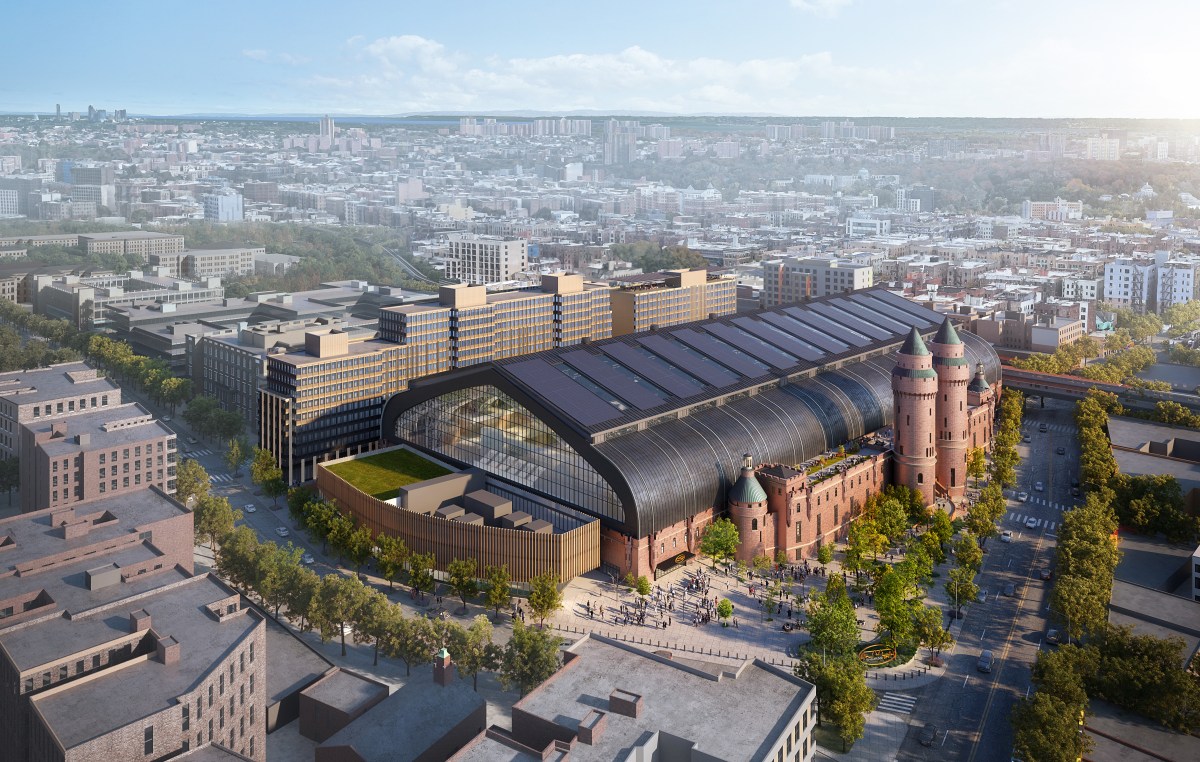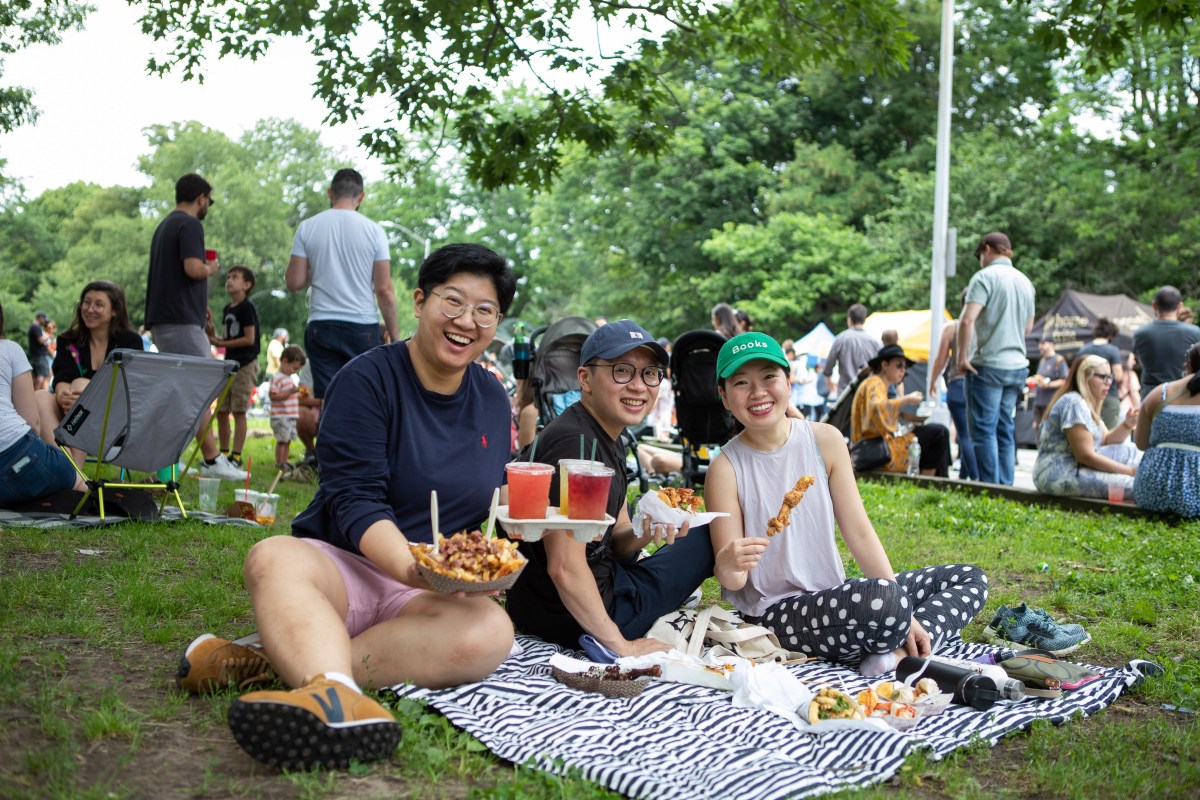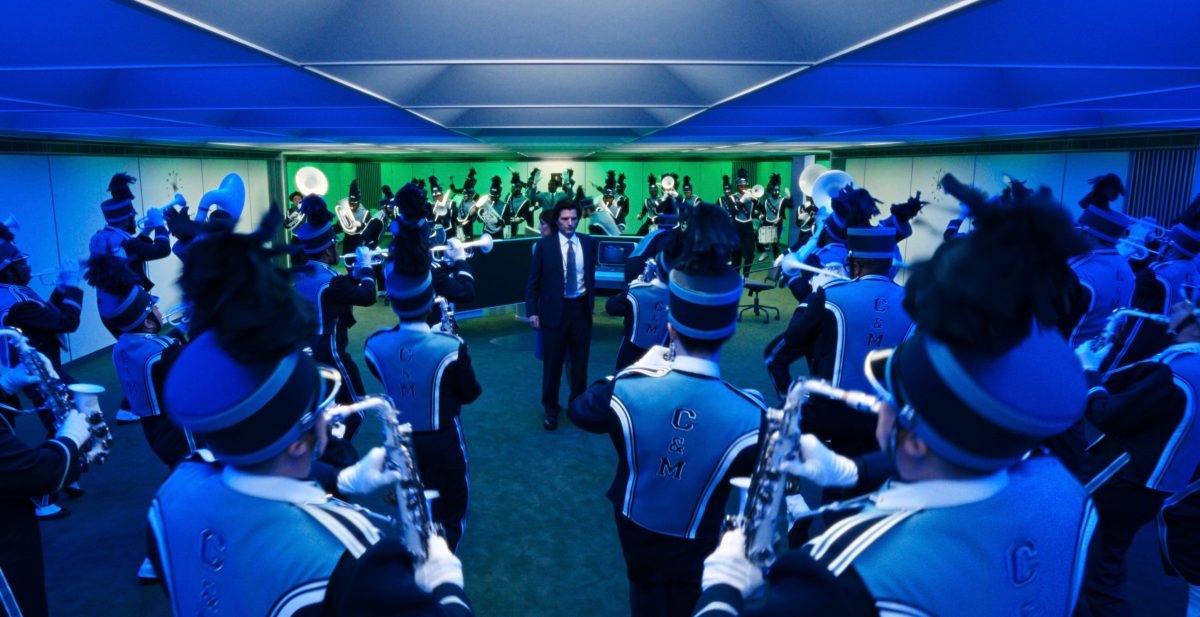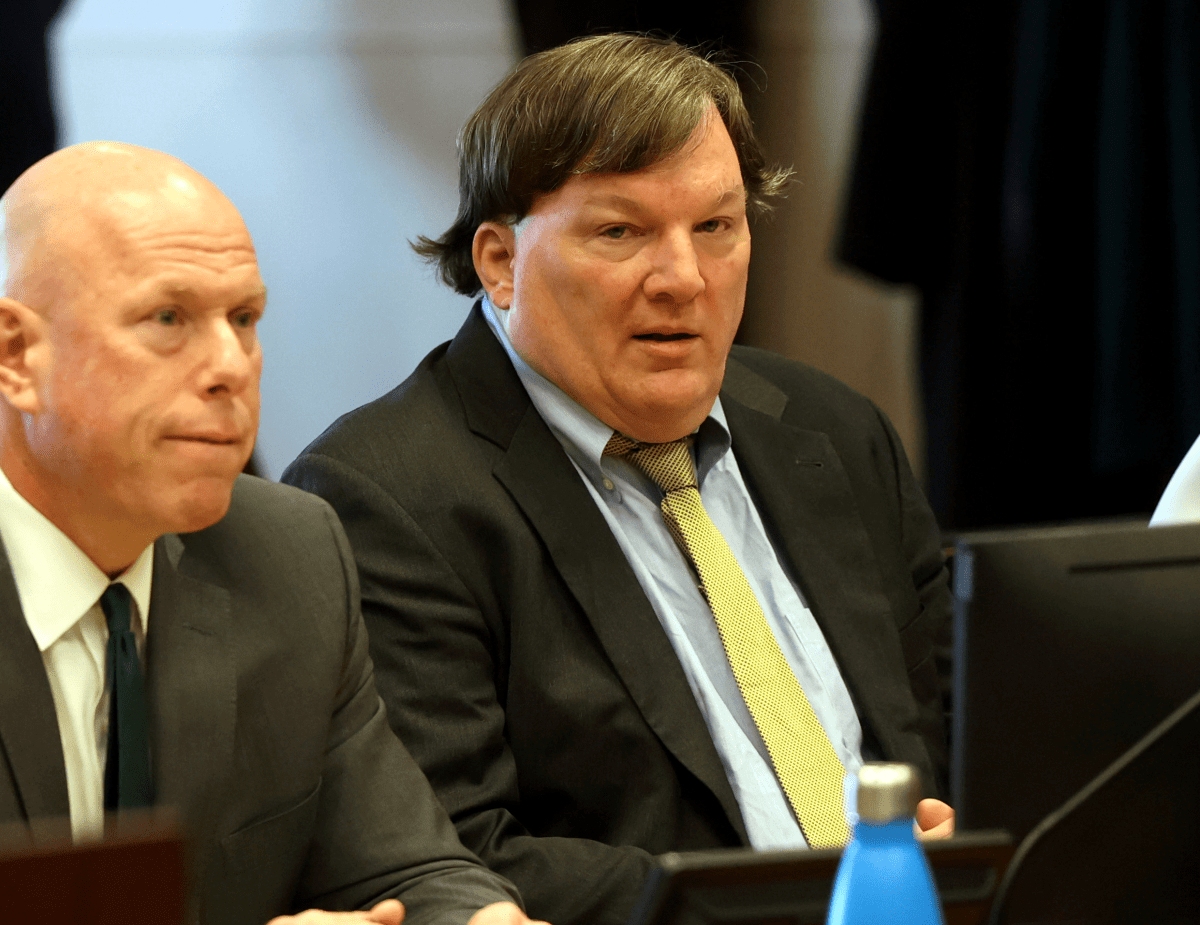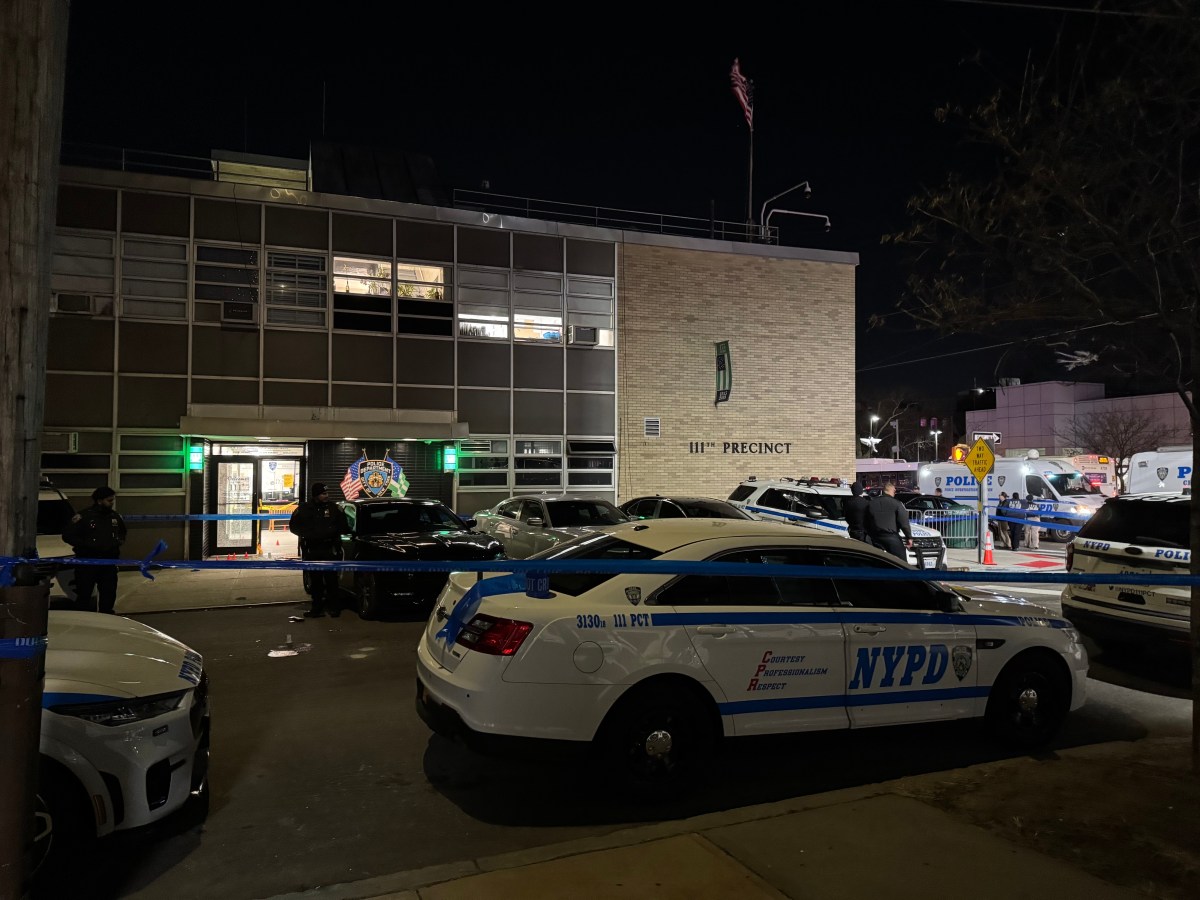By Albert Amateau
A panel of urban experts last week explored ideas about the future of Chelsea at a forum attended by nearly 100 neighbors at the Hudson Guild’s recently renovated John Lovejoy Elliott Center.
By the time the brainstorming session, billed as Chelsea 2025, ended on Wednesday evening May 31, the issues of housing — affordable versus market rate — economic and ethnic diversity, growth, development and city policy had emerged.
“It seems like we’re just getting into the nitty-gritty,” Janice McGuire, who retires next week after 19 years as executive director of the Hudson Guild, said at the end of the two-hour forum.
Moderated by Darren Walker, director of the Rockefeller Foundation’s working communities program and a resident of Chelsea for the past six years, the panel tried to look into the future of a neighborhood where enormous changes over the past 10 years appear to be escalating into the future.
“How can we maintain the richness and diversity that attracted people to this neighborhood and not become homogenized?” Walker asked the panel, which included Rosa Maria de la Torre, coordinator of Chelsea Housing Group — a tenant advocacy and organizing program at Hudson Guild — and board member of the City Wide Task Force on Housing Court.
The other panelists were Brad Lander, director of the Pratt Center for Community Development and professor of planning at the Pratt Graduate Center; Ingrid Gould Ellen, co-director of the Furman Center for Real Estate and Urban Policy and professor at New York University’s Robert Wagner Graduate School of Public Service; and Robert D. Yaro, president of the Regional Plan Association and professor of city and regional planning at the University of Pennsylvania.
Panelists remarked on the growth of the city and the neighborhood since 1990. They saw a picture highlighted by a dramatic increase in real income and a decline in poverty, with economic diversity as a defining characteristic. Chelsea is among the top three most economically diverse neighborhoods in the city, Ellen noted.
But as everyone knows, housing costs have risen — condo prices have tripled in the past 10 years, and rents have soared, with Chelsea being the third most expensive neighborhood in the city. The pace of construction is especially evident in Chelsea, which led the city’s neighborhoods in construction activity in 2004.
For de la Torre, Chelsea is very different from what it was 25 years ago when it was a working-class neighborhood with more families with children and more mom-and-pop businesses.
“We want to preserve the good things about change, but how do we define development? How do we work for progress and not displace the people who made the neighborhood?” she asked. Part of the answer, she suggested, was more community-based planning.
With the loss of manufacturing and the growth of the finance, real estate and related economies, the city and the neighborhood have seen an “incredible level of inequality,” develop, Yaro noted. “Now we have to manage success,” he said.
While statistics indicate that incomes have risen 40 percent in the past 10 years, most people don’t feel like they have 40 percent more income, Yaro said.
“The good news is that the city has made a start on encouraging affordable housing, but not enough,” he said. Throughout the city, 5 percent of new housing is developed as affordable. By contrast, London, England, does better, with a 35 percent affordable rate, Yaro noted.
“An out-of-control speculative economy” was the way one panelist described Chelsea real estate.
“Housing has become a commodity in a crazy way,” observed another.
Yaro and Lander attributed Chelsea’s diversity partly to the fact that Penn South, a limited-equity co-op, has tended to dampen real estate speculation. Moreover, the Elliott Chelsea and Robert Fulton Housing developments established 50 years ago have helped keep working-class families in the neighborhood.
The future of a diverse Chelsea depends upon the political will to provide more affordable housing, panelists said. Programs are needed, including limited equity co-ops on the Penn South or Mitchell-Lama models and inclusionary zoning programs, such as the Hudson Yards redevelopment plan’s requirement that market-rate developers provide a specific number of affordable apartments.
“We’re afraid of losing the benefits of the market, but we have to make it work for us,” Lander said.
Panelists cited the High Line-West Chelsea District with hope and anxiety. On the downside, de la Torre said she has seen many families near the recently established district come under pressure from developers offering buyouts.
“They’ve been knocking on doors offering people $5,000 to move out,” de la Torre said.
The High Line promises great opportunities for the neighborhood, de la Torre acknowledged, but she said more affordable housing should have been mandated for the district. Nevertheless, one member of the audience noted that the 28 percent affordable housing proposal for the West Chelsea District was considerable.
“We have to define what we mean by ‘diversity.’ We have to define what we mean by ‘affordable,’ ” de la Torre said. “We’re becoming a neighborhood of the very rich and the very poor. I know families that earn between $10,000 and $35,000 a year who are already paying half their income in rent,” she said.
Along those lines, one member of the audience, Stuart Post, observed, “If the rich people don’t know the poor people who don’t know the old people, is that really diversity?”
One response to the question cited the Hudson Guild, which since 1895 has been brining people together from all walks of life.
Playing devil’s advocate, Walker asked whether economic diversity was nothing more that a romantic notion and not a goal worth achieving. But Yaro suggested that a neighborhood is more resilient to economic ups and downs if its population is economically diverse.
Lander said, “You lose a lot if you become just a playground for the rich.”
Robert Trentlyon, a founder of Save the Chelsea Historic District who was in the audience, noted that the General Theological Seminary had proposed to redevelop its Ninth Ave. side between 20th and 21st Sts. G.T.S. proposed a mixed-use project 10 stories higher than allowed by the historic district’s limits and including 82 residential condos “that only millionaires could afford,” said Trentlyon. “How do you convince institutions like that to behave as if they are part of a neighborhood?” he asked.
Yaro said the issue was also important for the Upper West Side where Columbia University has redevelopment projects opposed by neighbors and for the Village where New York University and Cooper Union come into conflict with neighborhood preservation advocates.
Walter Mankoff, a vice chairperson of Community Board 4 and member of the Penn South board of directors who was also in the audience, reminded the forum that they were talking about how to preserve the diversity of a neighborhood whose diversity was a result of unplanned changes over the years.
Brian Saber, who takes over as executive director of the Hudson Guild next week, said he hoped the “Chelsea 2025” forum would be followed by similar programs that would explore some of the issues raised last week.














